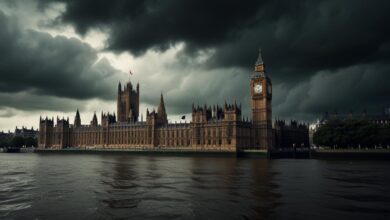Heatwave Threatens Over 100 Million Americans Ahead of Fourth of July Celebrations

In the midst of Fourth of July festivities, a dangerous heatwave looms over 21 states, putting more than 100 million Americans at risk. With dangerously high temperatures and extreme conditions expected, authorities urge caution and preparedness during the holiday period.
Heat Alerts Encompass Over 100 Million Americans During Fourth of July Celebrations
As Fourth of July festivities commence, more than 100 million Americans across 21 states are under heat alerts. The National Weather Service (NWS) has termed this impending heatwave an “exceptionally dangerous situation,” warning that it may become historic and deadly. Temperature predictions for some western regions suggest highs up to 116 degrees Fahrenheit.
The heatwave in Northern California’s Bay Area could last between six to 12 days, marking the longest stretch of sustained heat in 18 years. The southeastern and Plains states face a heat index between 100 and 115 degrees, with Little Rock, Arkansas, potentially feeling hotter than Phoenix.
Central and northcentral California, central Texas, central Oklahoma, and northeastern Arkansas are experiencing the most extreme heat threats. Additionally, about 4 million people in California are under Red Flag warnings, indicating ideal wildfire conditions. Severe storms, high winds, hail, and isolated tornadoes risk affecting roughly 13 million people from the western high plains to the Ohio River Valley.
Alongside the heat alerts, the holiday period sees significant travel activity. AAA forecasts that 70.9 million people will travel at least 50 miles from home between June 29 and July 7. This includes over 32 million airline passengers, with a peak expected on July 7 when more than 3 million individuals will be screened at airports.
David Pekoske, head of the Transportation Security Administration (TSA), assured that there are enough screeners to manage the anticipated crowds, maintaining wait-time standards despite the surge in travel.








